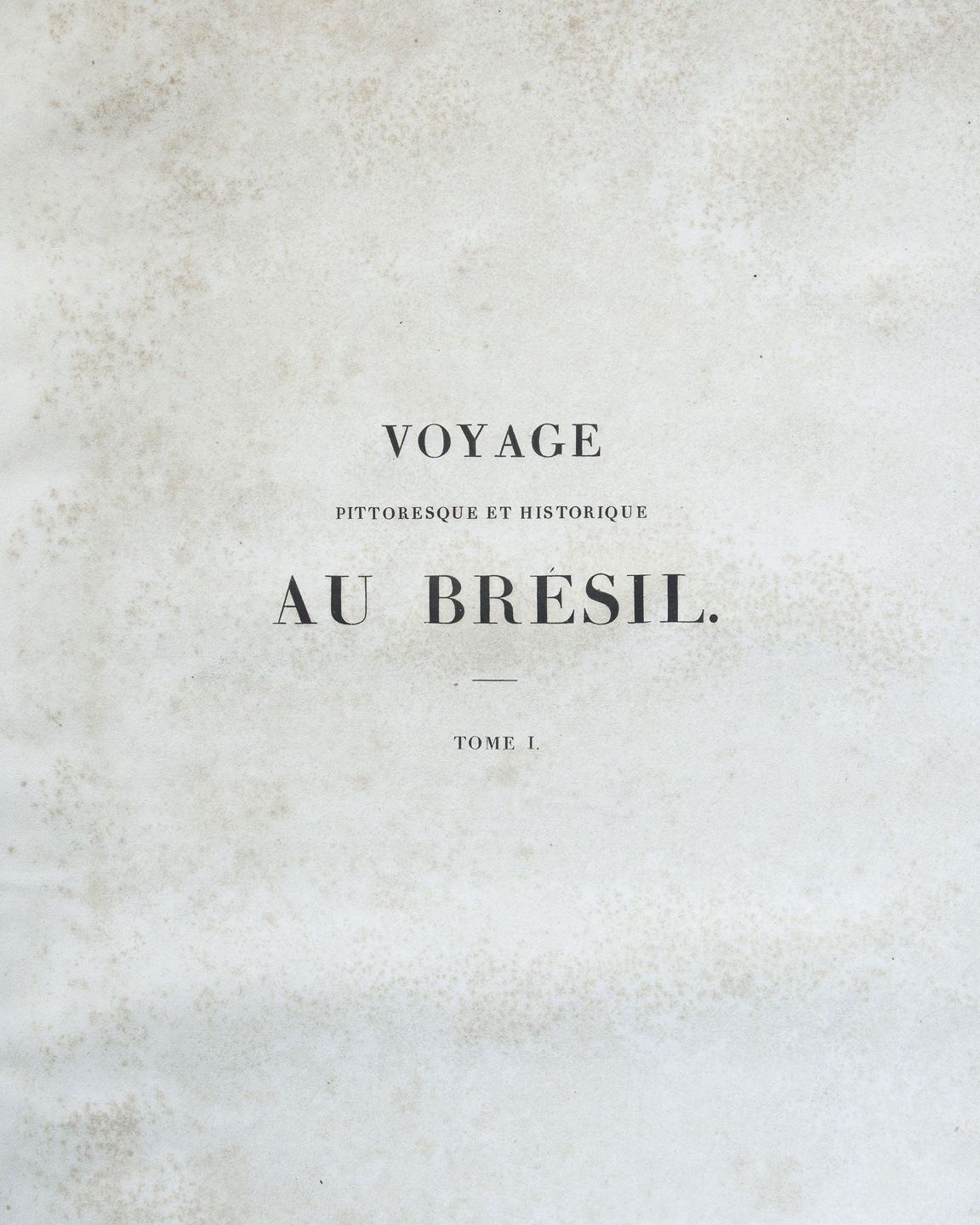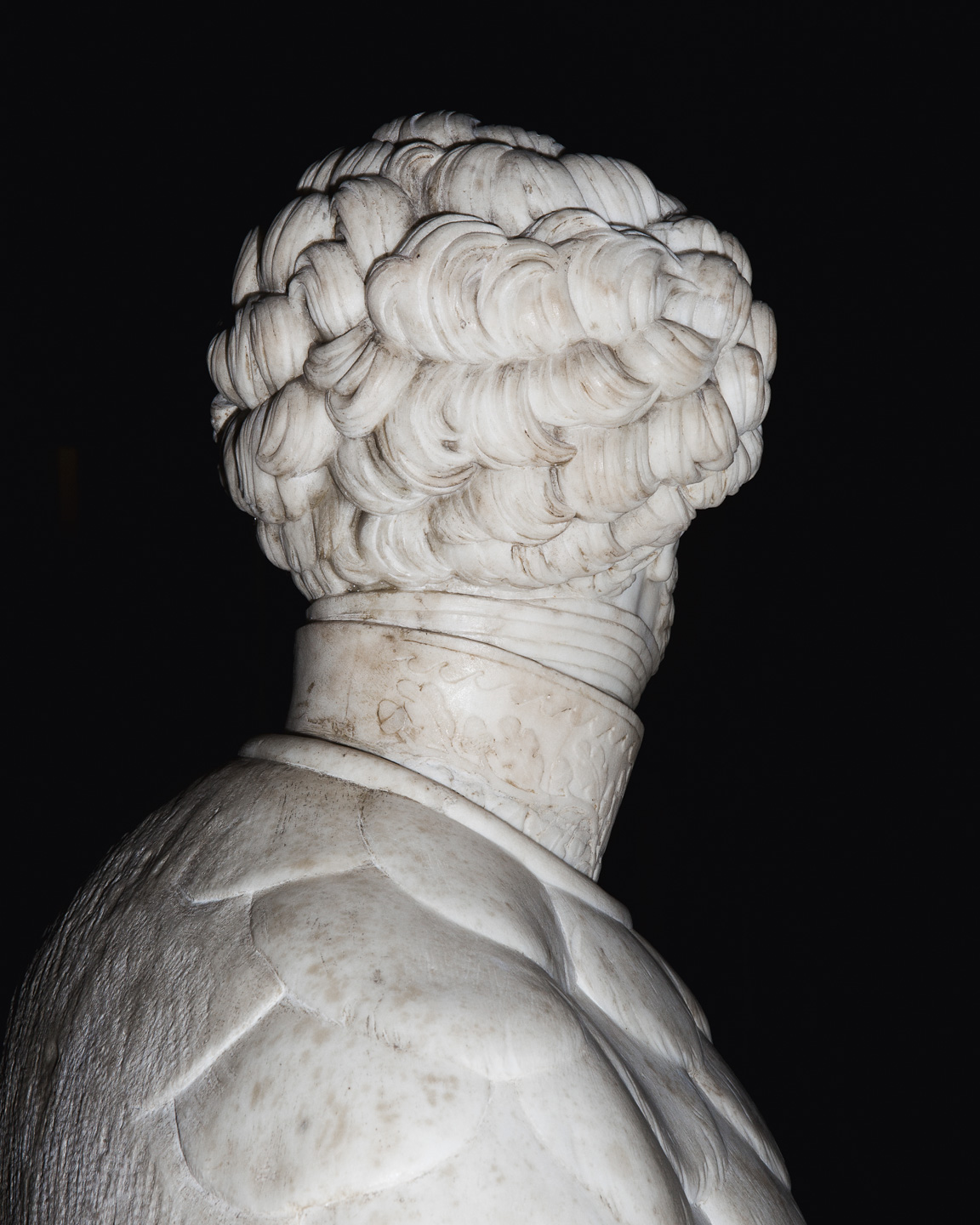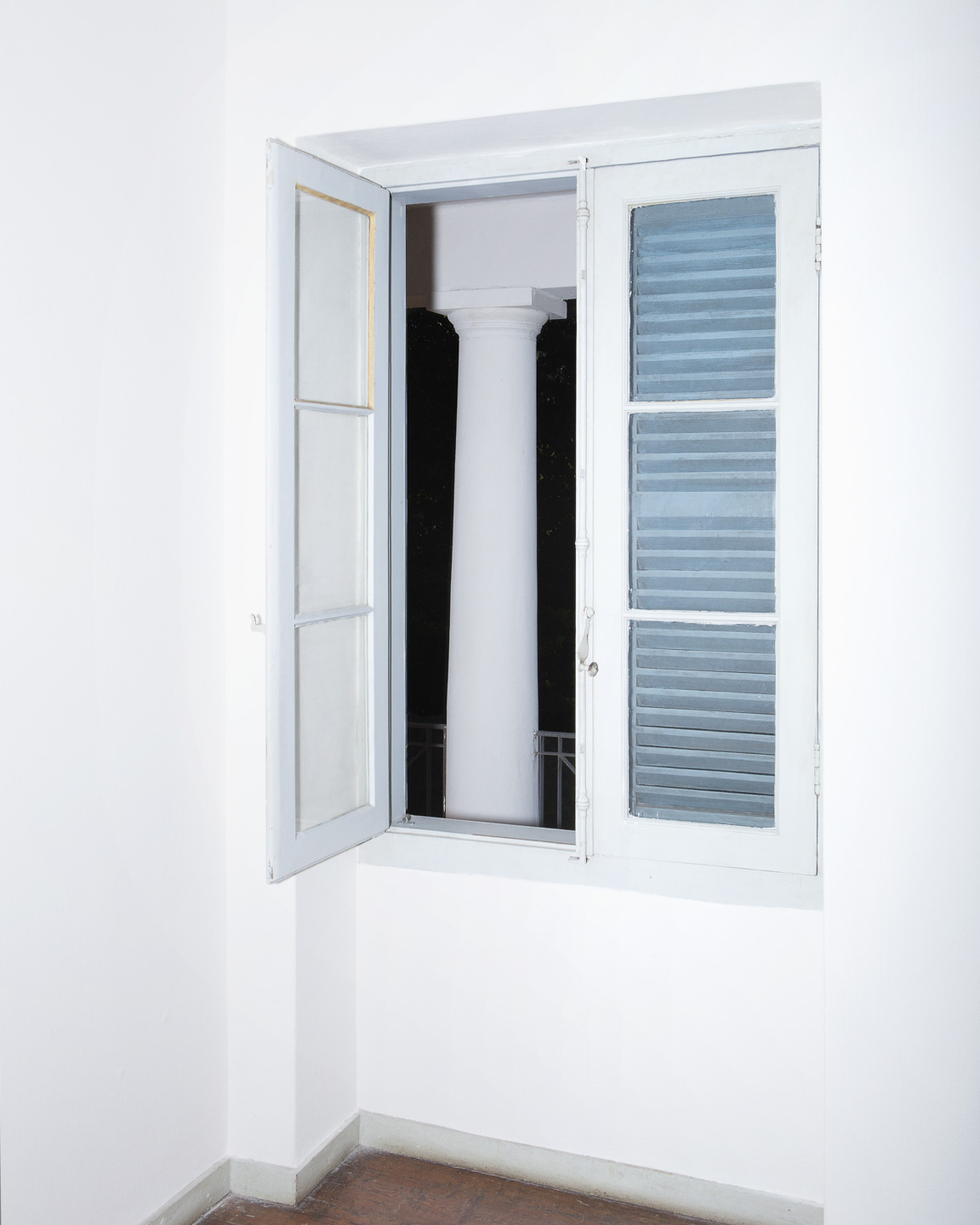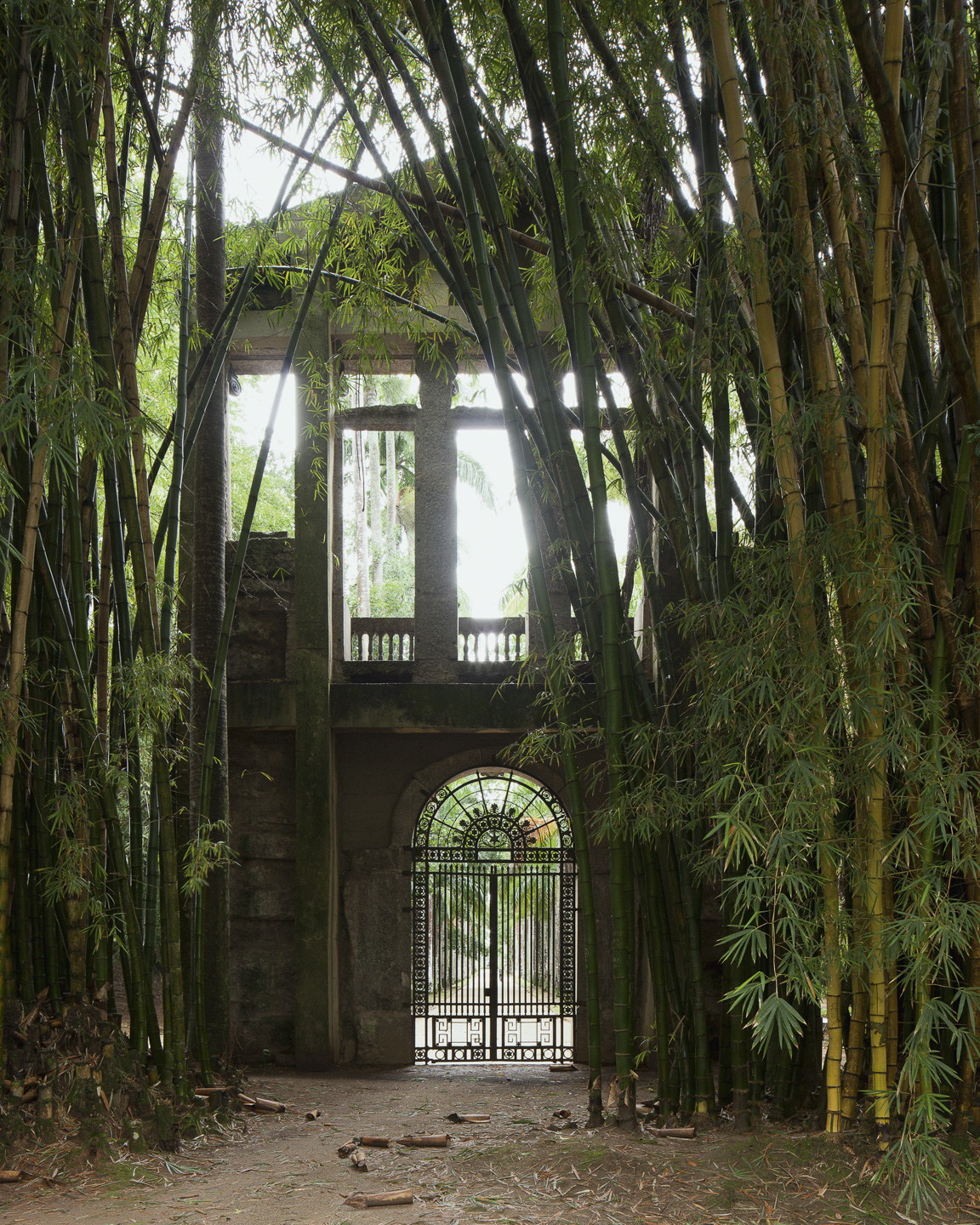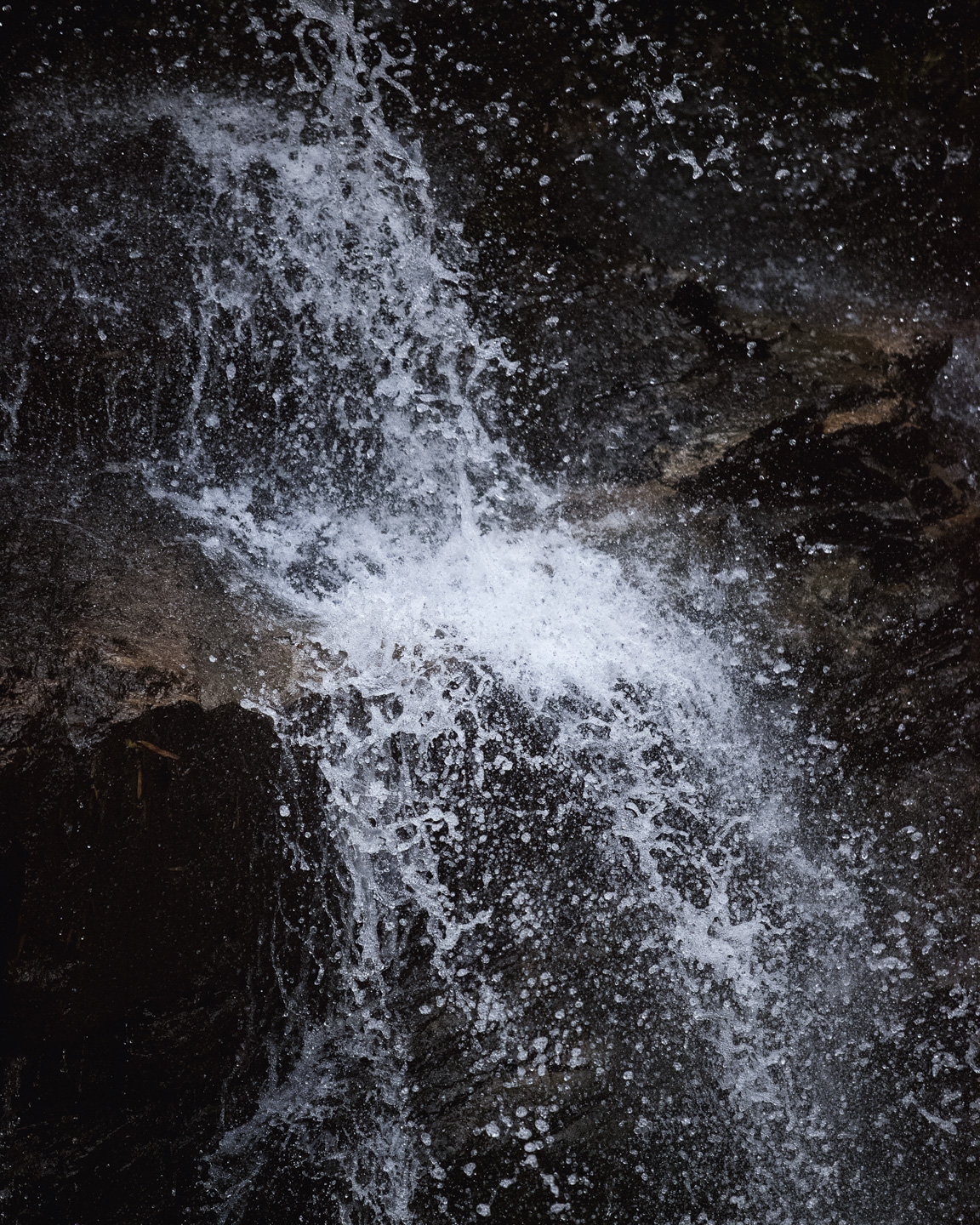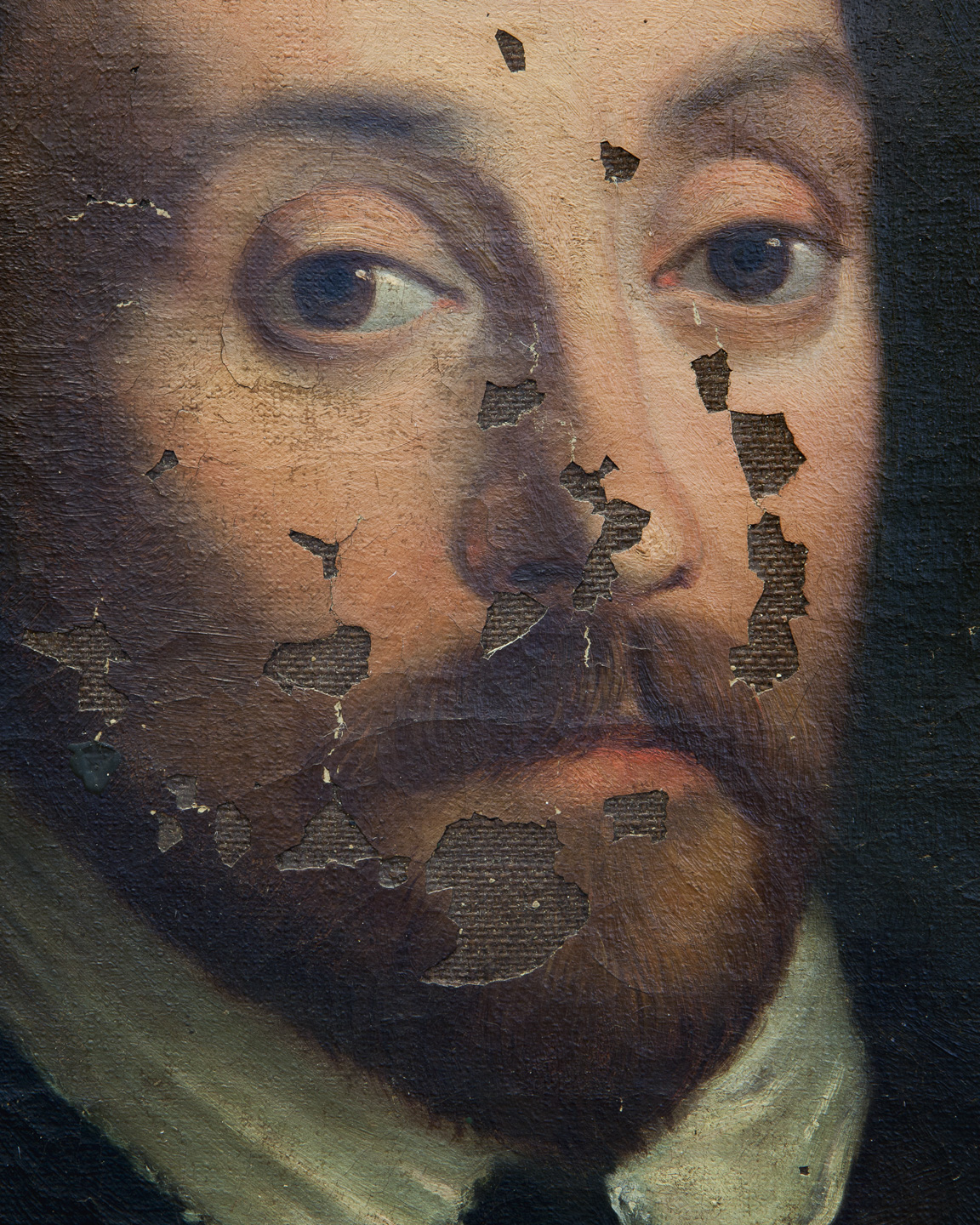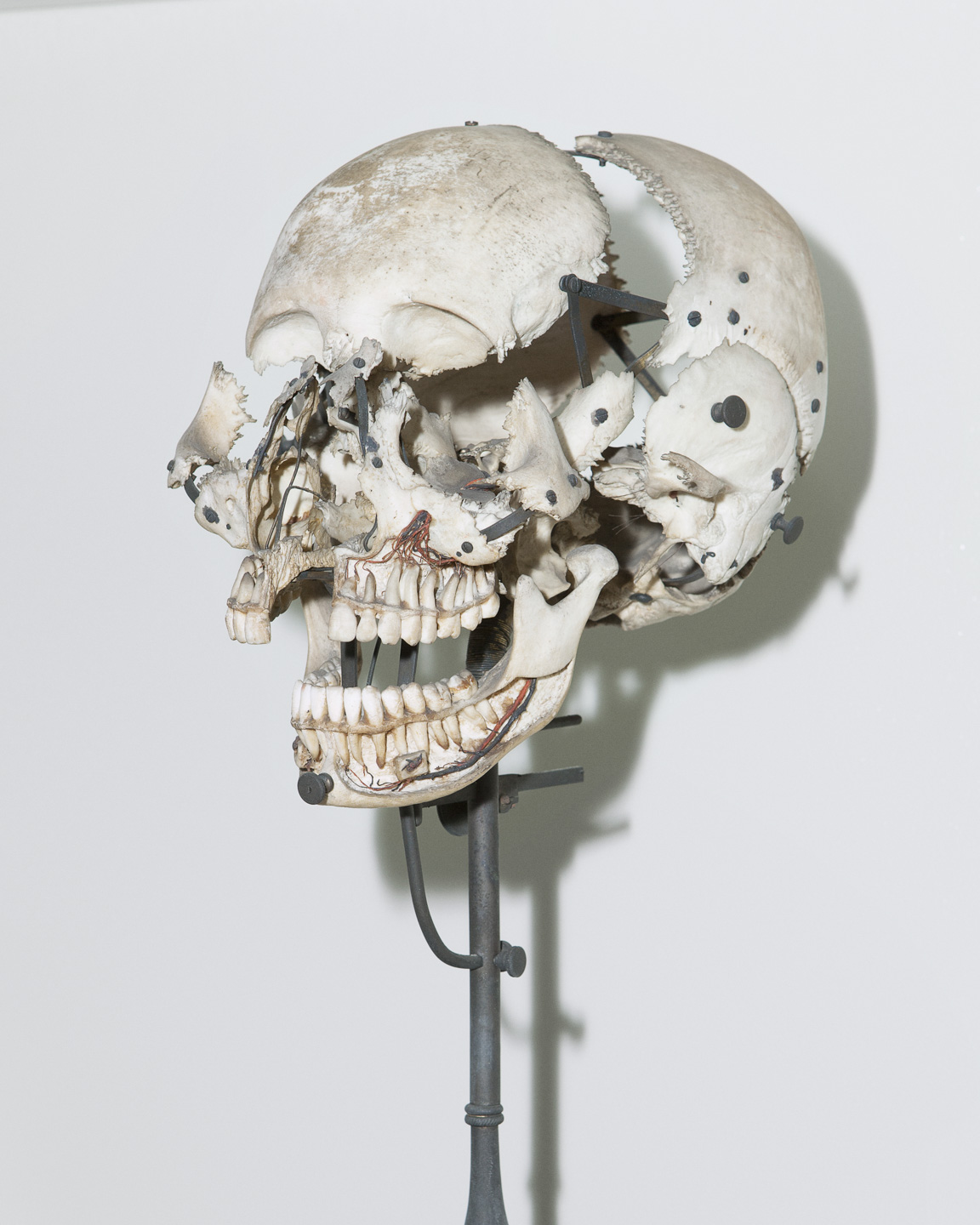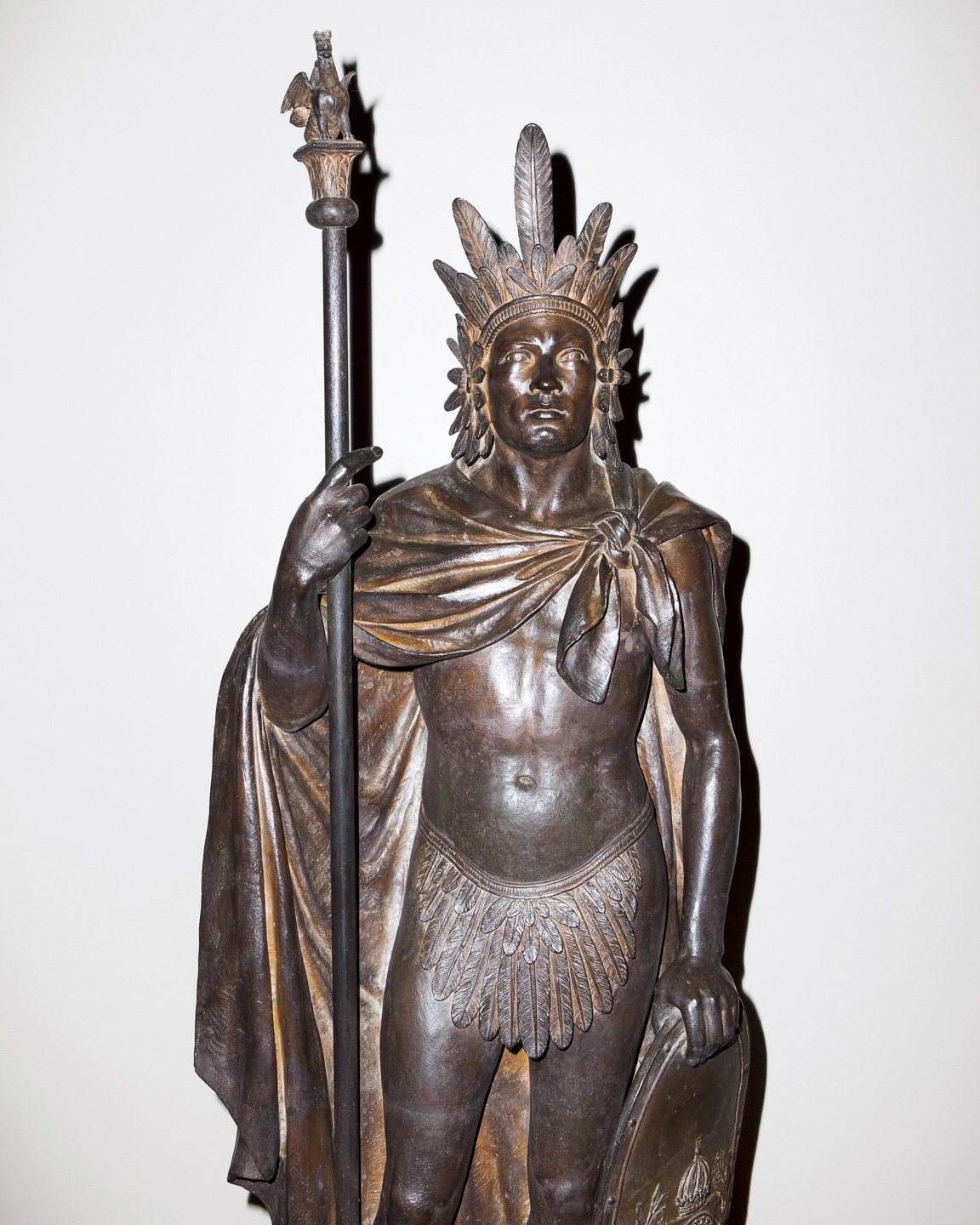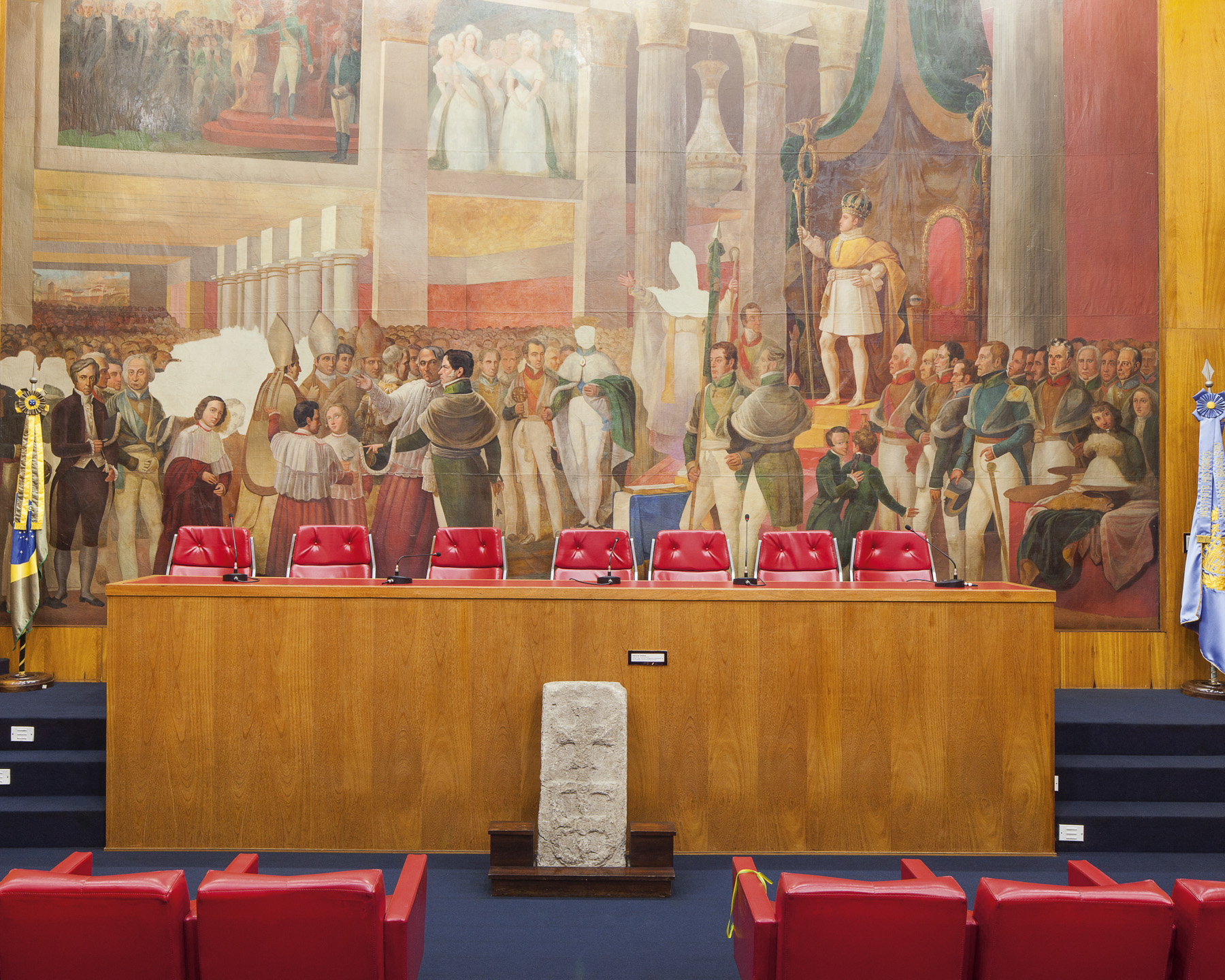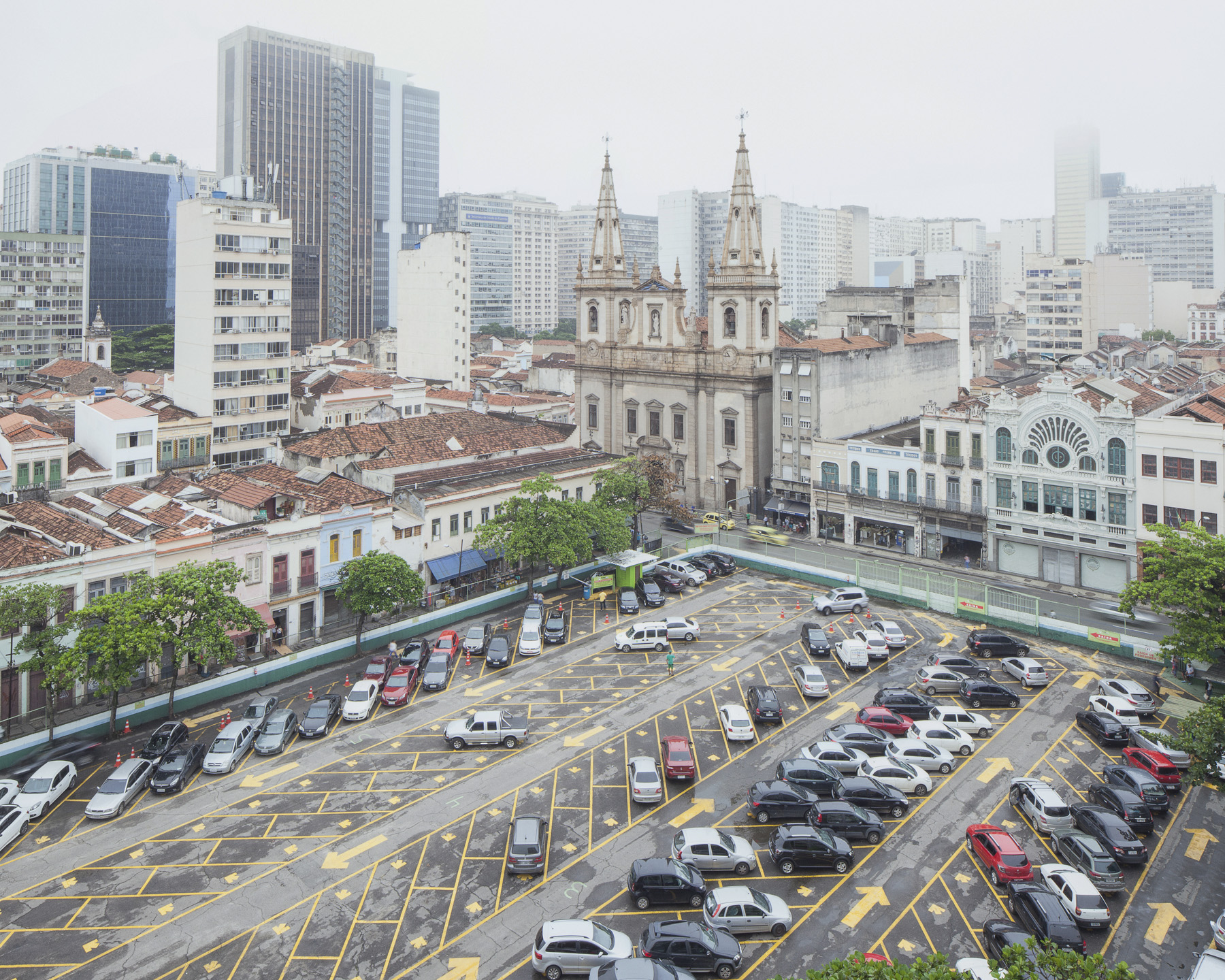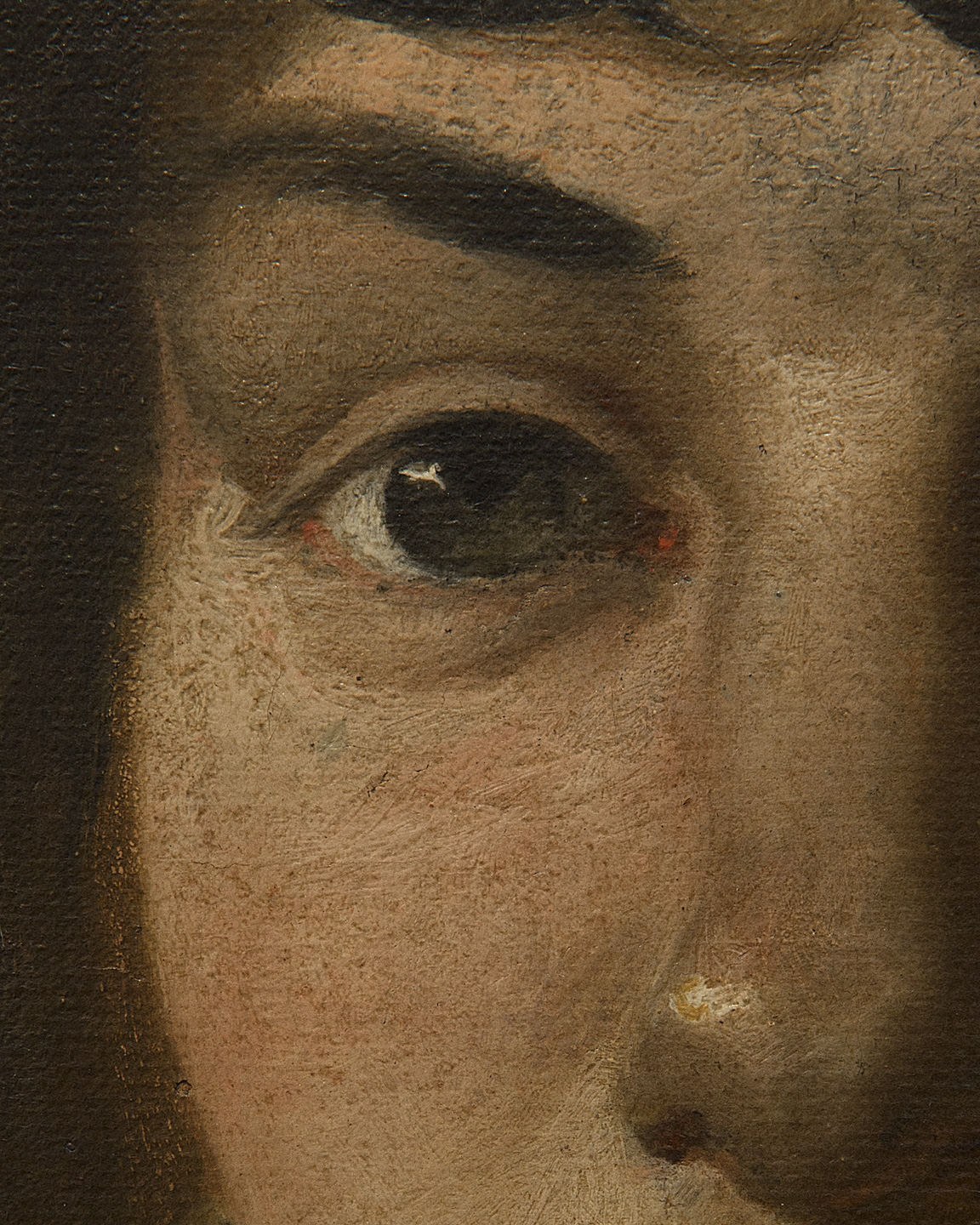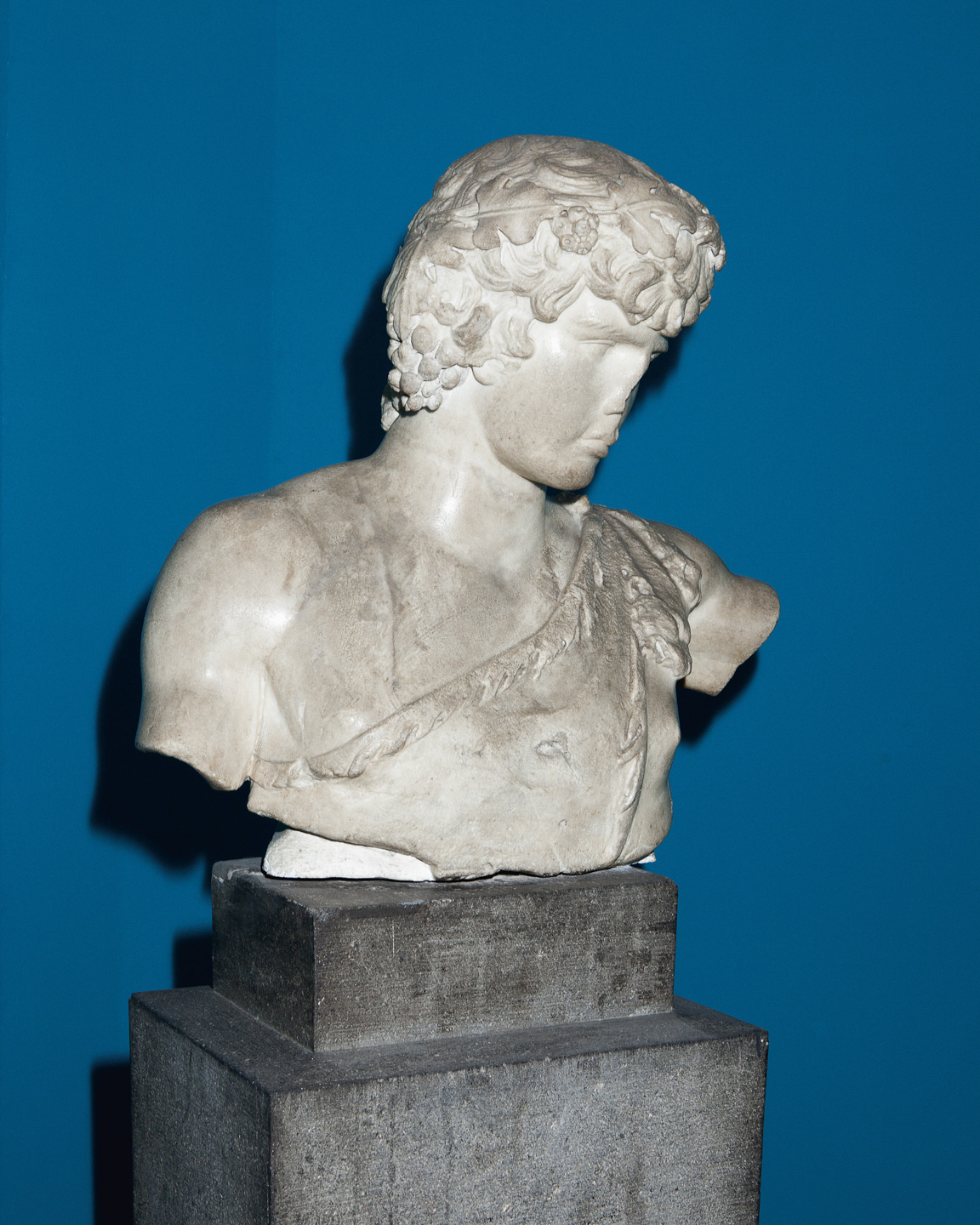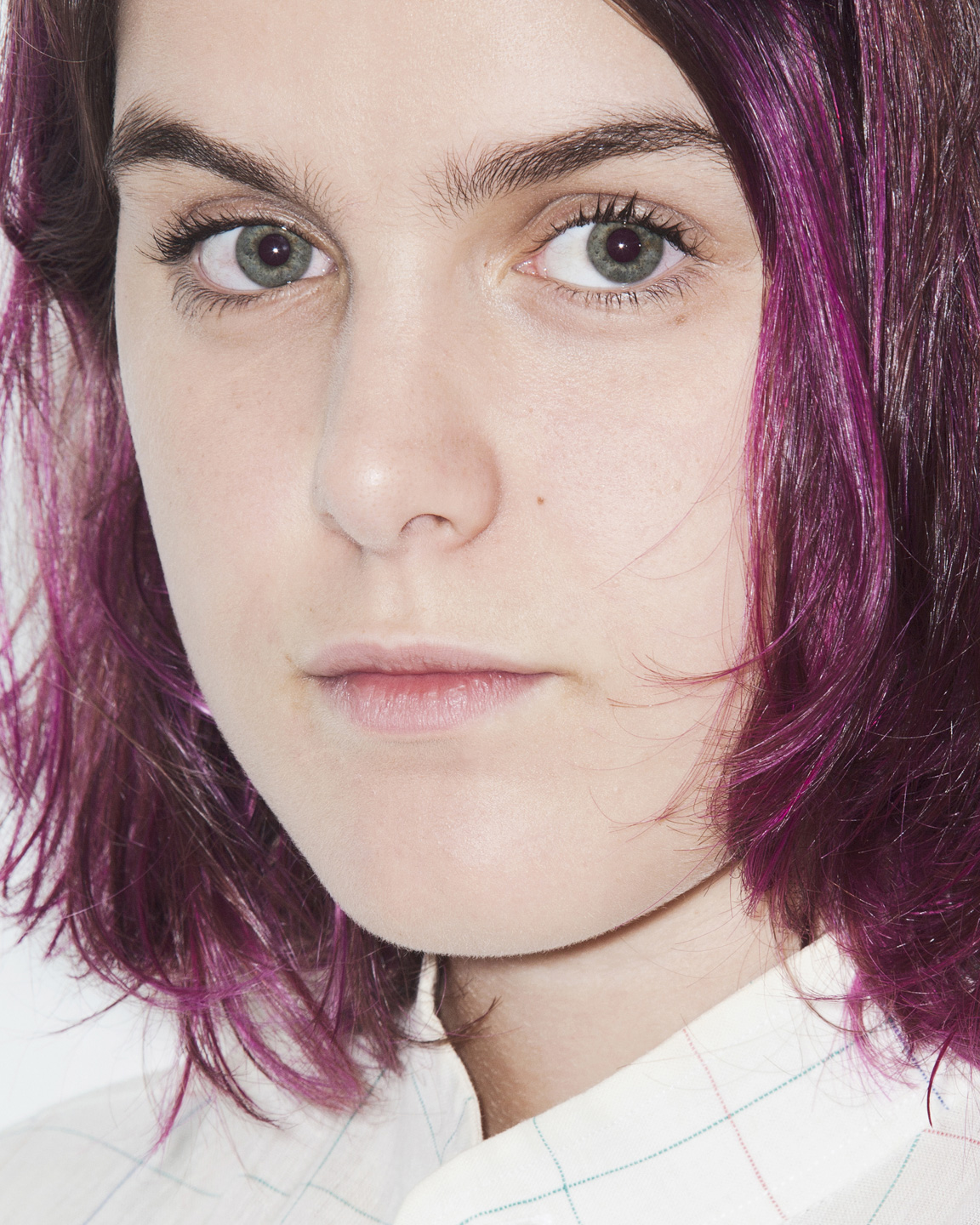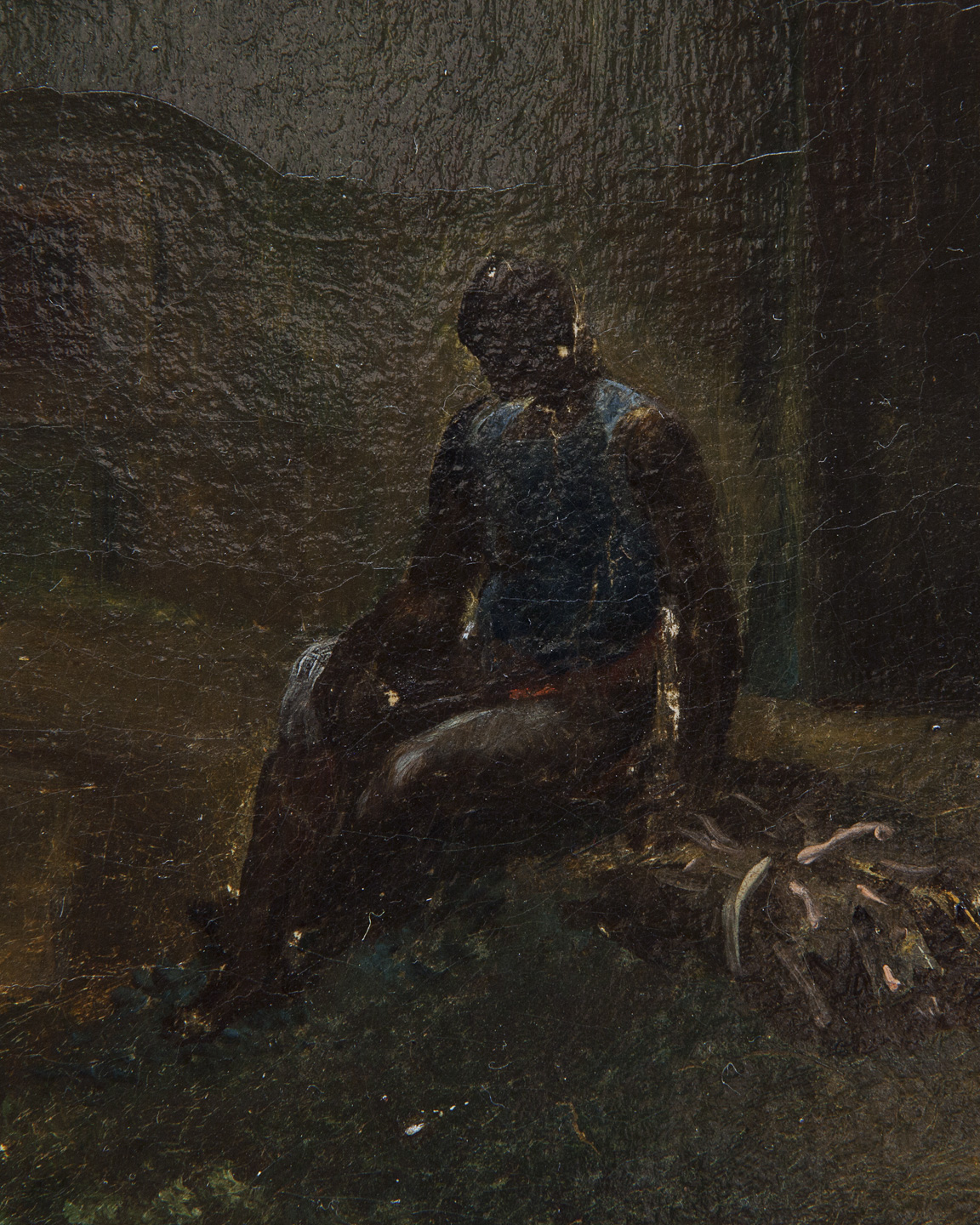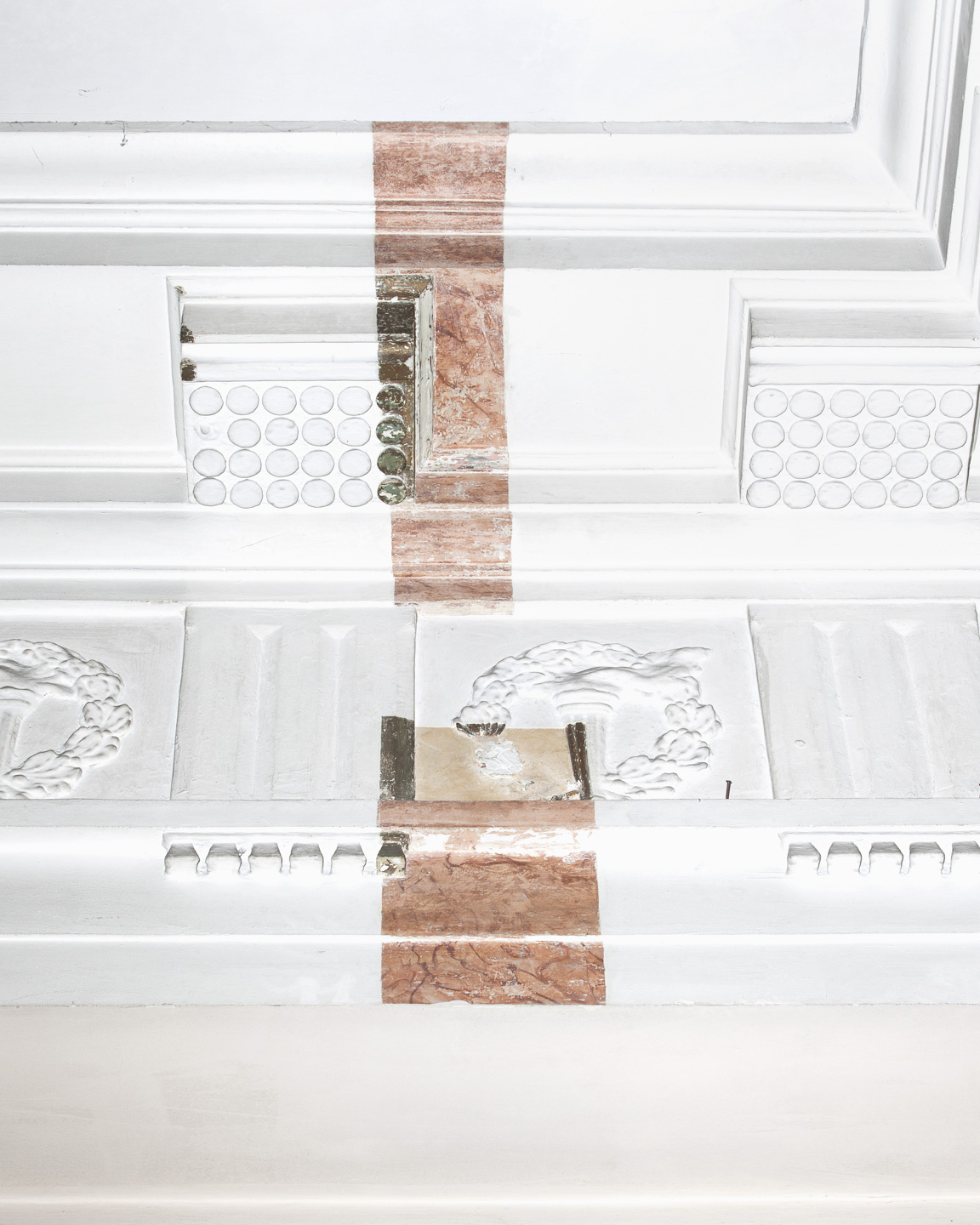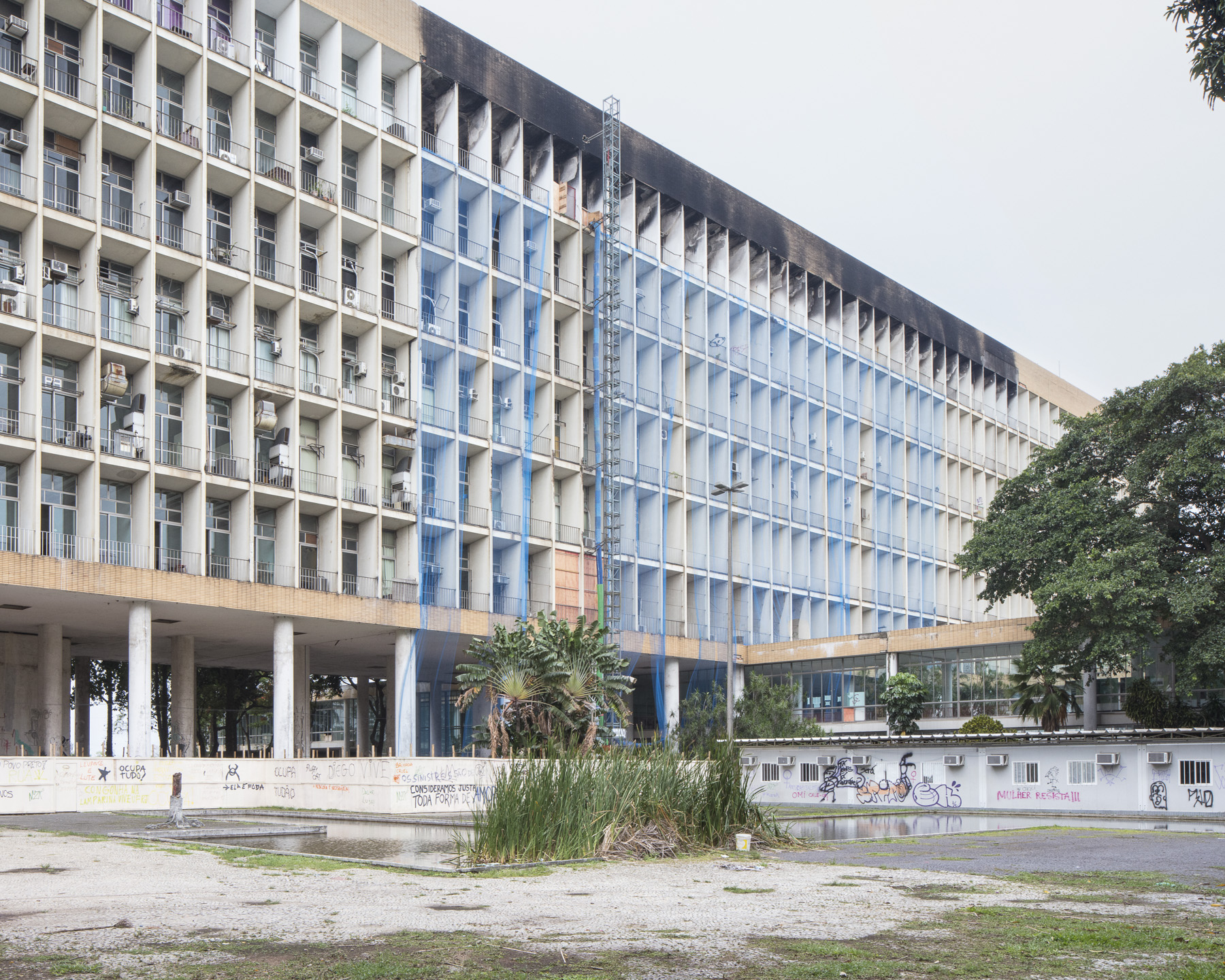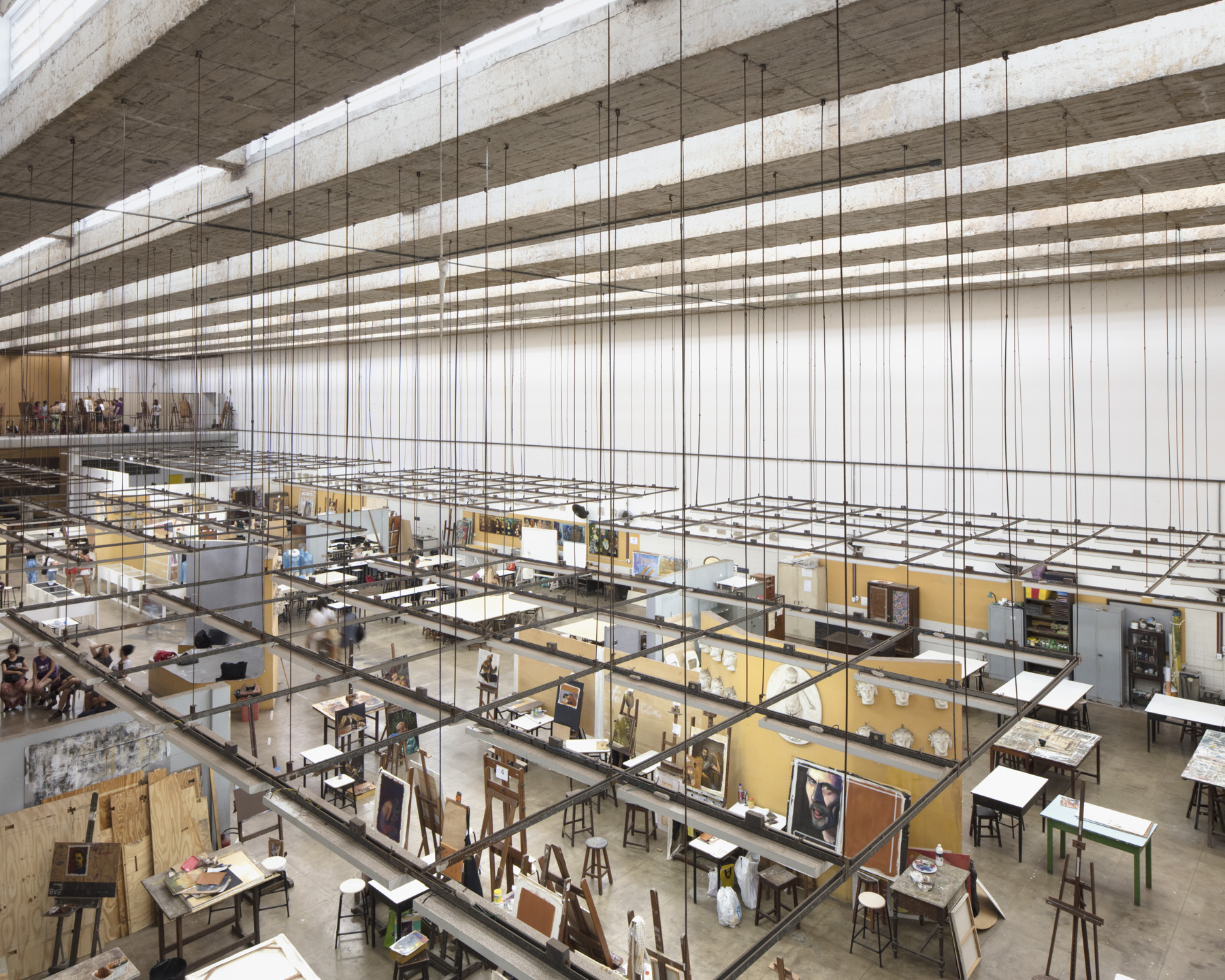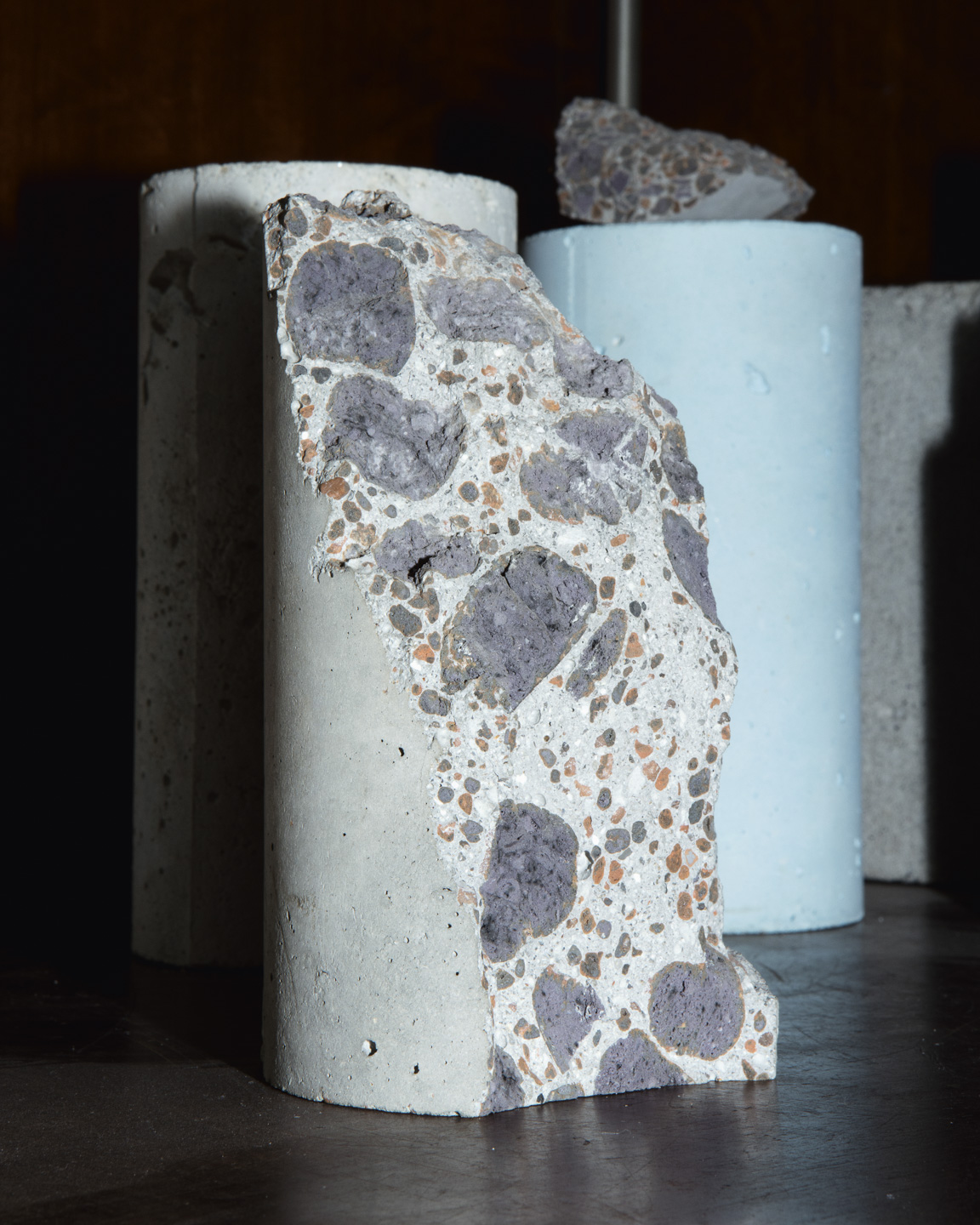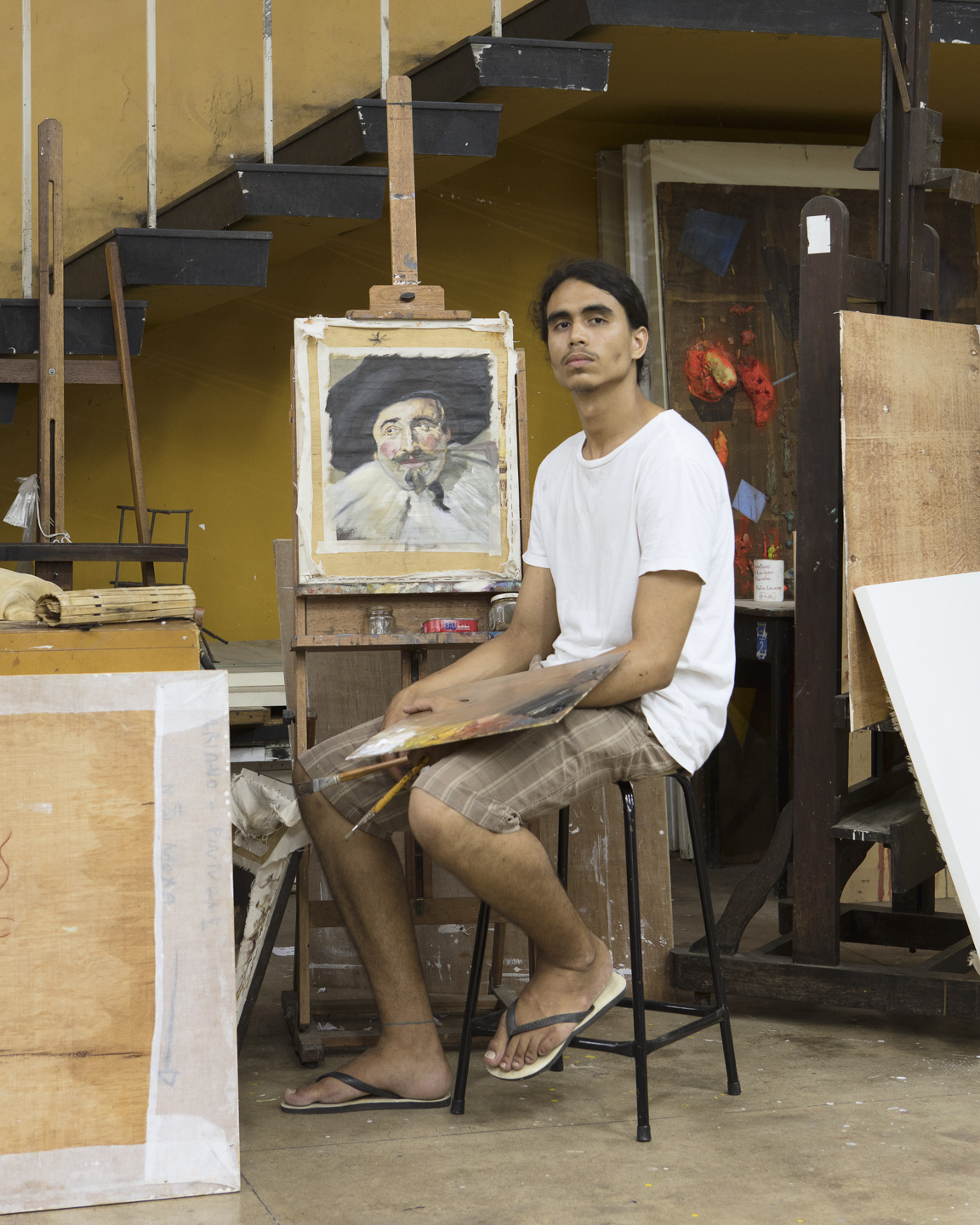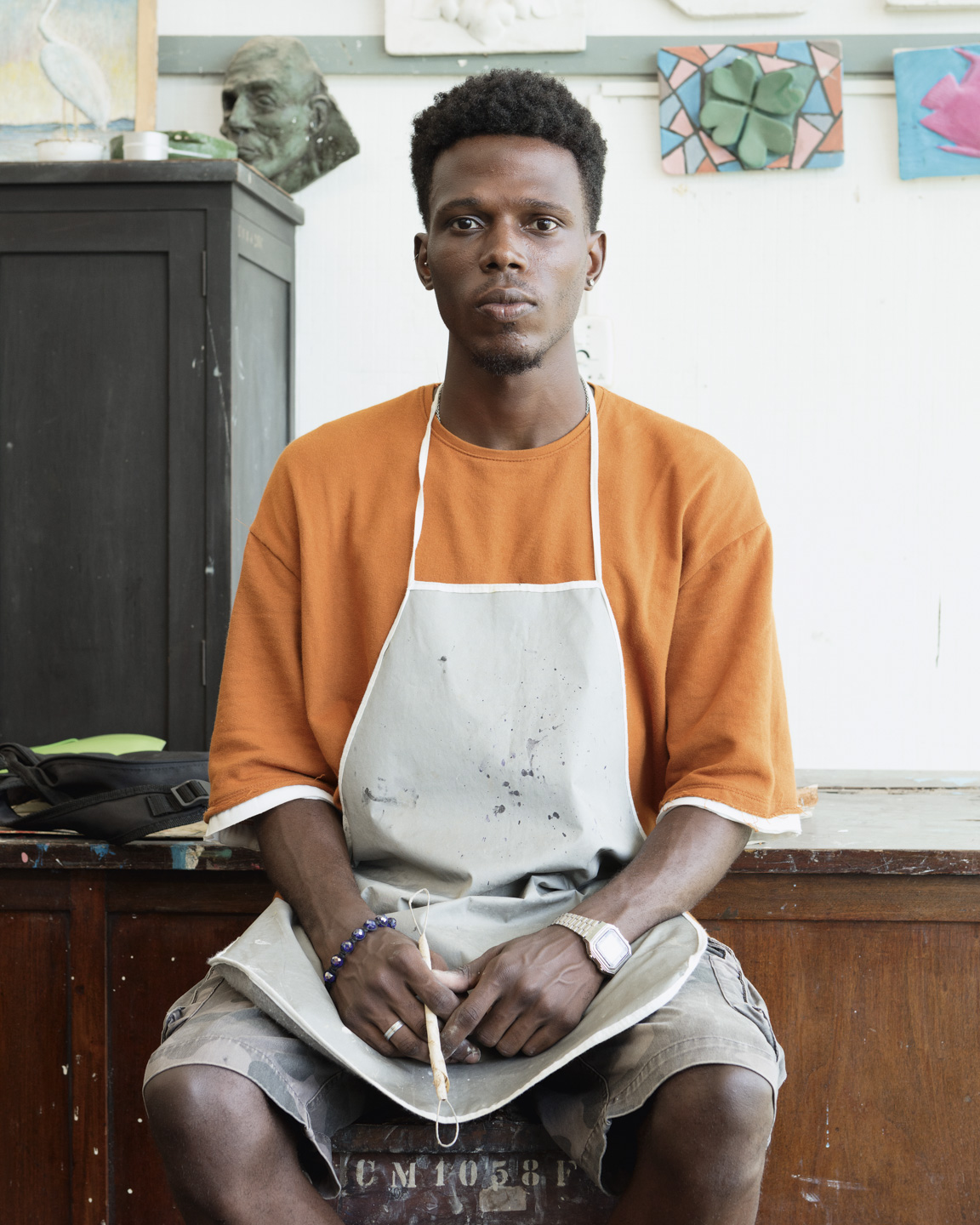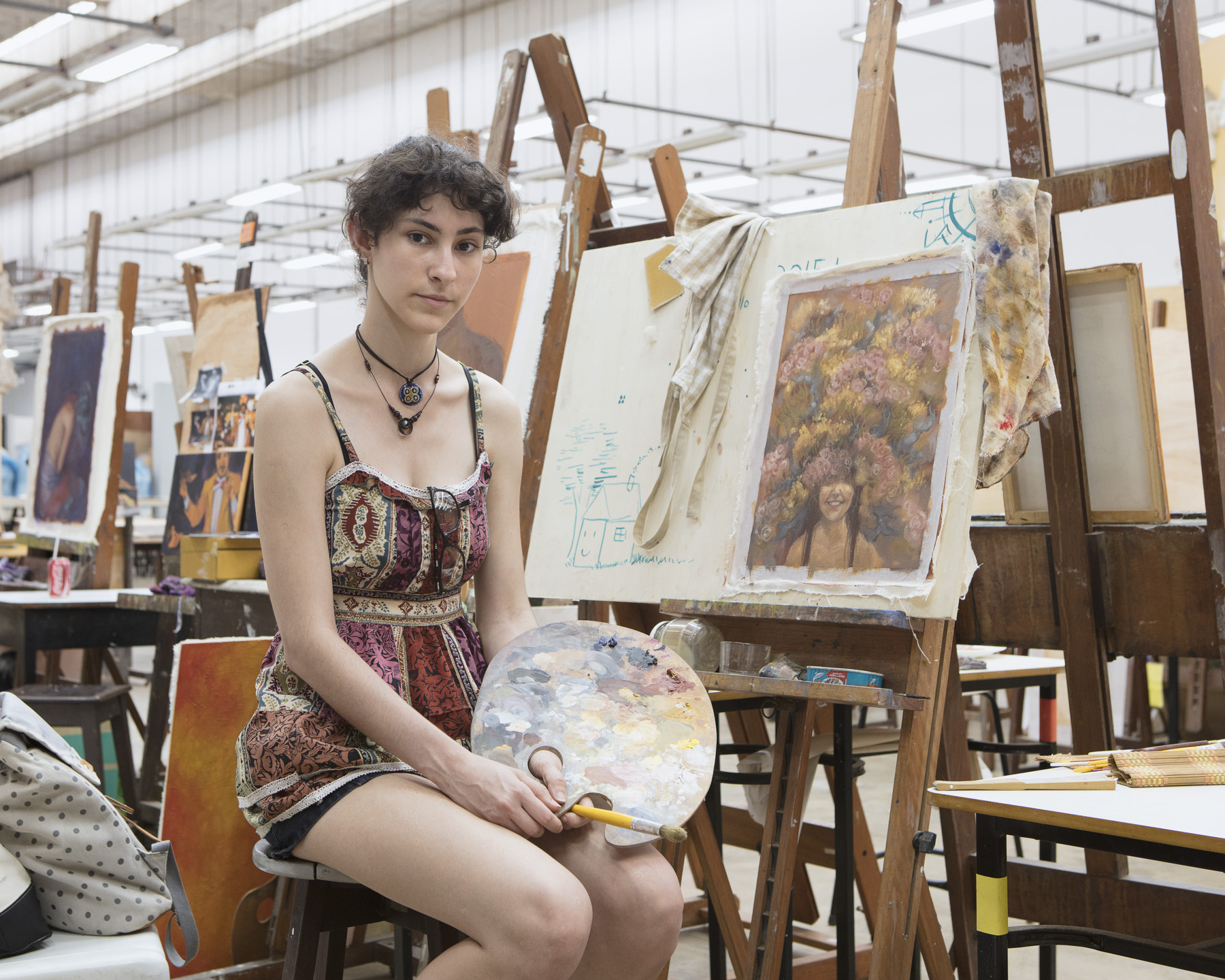Missão Francesa (2017) / French Mission (2017)
Missão Francesa (2017)
Fotolivro
22×31,3 cm / 136 páginas / 74 fotografias coloridas
Editora Madalena / 1.500 exemplares /
Design: Ekaterina Kholmogorova / Texto: Joachim Lebreton – tradução de Mário Barata / ISBN 978-85-69557-13-5
1.
Missão Francesa é a segunda parte do projeto de longo prazo Rastros, Traços e Vestígios que engloba, também, Cabanagem (2015) e Farroupilha (2020) e que foi pensado como uma pentalogia que se completará com os livros Independência e Invasão.
O projeto foi criado a partir da ideia de que se pode pensar a existência de um paralelo entre o trabalho do fotógrafo e o do historiador: se tanto a fotografia quanto a historiografia, a princípio, partem da realidade – de algo que estava presente na frente da câmera e de um fato que ocorreu – pode-se dizer, em contrapartida, que ambas são resultados de decisões ideológicas daqueles que as produzem. Apesar disso, as duas são, muitas vezes, compreendidas como “verdades”.
A um acontecimento histórico é dado um nome específico, o que o faz parecer uma espécie de fato indubitável e bem delimitado. Porém, ele é o resultado do desdobramento de um número infinito de ações individuais e coletivas, tanto planejadas quanto inconscientes. E, a partir delas, um outro número infinito de consequências se revela, sendo que a maior parte delas não encontra lugar nas narrativas. Então, o desconhecido constitui uma dimensão significativa da história.
Interessa-me refletir sobre a dualidade entre a complexidade da realidade e a necessidade política de produzir sínteses.Assim, penso a história como um acúmulo de camadas de interpretação criadas pelos mais diversos atores políticos.
Foi relevante na escolha dos temas do projeto, o fato de não possuírem iconografia fotográfica de época, pois não ter que dialogar com fotografias históricas me propiciou maior liberdade na criação de imagens que conectassem presente e passado.
Todas as fotografias do projeto tiveram alguma relação com os fatos que os inspiraram, que foram dos mais diversos tipos: um local onde algo ocorreu, um lugar que foi nomeado para homenagear esse fato, um documento sobre o ocorrido, o local onde o documento é guardado, o descendente de um personagem que participou do caso, um monumento homenageando esse personagem, um quadro representando essa figura, a pessoa que garante a segurança desse quadro, pessoas que homenageiam esse fato, a comida que elas comem ao celebrar esse ocorrido e assim por diante.
2.
O livro Missão Francesa foi inspirado nos acontecimentos que ocorreram no Rio de Janeiro a partir de 1816, quando um grupo de artistas franceses liderados por Joachim Lebreton, ex-secretário do Instituto de França, chegou à cidade. Esse grupo ficou conhecido como Missão Francesa. Entre seus membros mais proeminentes estavam Jean-Baptiste Debret, Nicolas-Antoine Taunay, os irmãos Marc e Zepherin Ferrez, e o arquiteto Grandjean de Montigny, todos eles figuras importantes na história da arte brasileira.
O projeto original de Lebreton visava criar uma escola de artes e ofícios, com o intuito de oferecer educação em artes plásticas e formação de mão de obra qualificada para a indústria nacional. No entanto, o projeto enfrentou diversas dificuldades em sua execução e nunca foi completamente realizado.
Missão Francesa foi concebido a partir de dois aspectos frequentes na história brasileira: a crença de que importar modelos estrangeiros seria a solução para os problemas do país, e as grandes disparidades entre o planejamento e a realização efetiva, entre o imaginado e o concretizado.
O livro está dividido em três partes: A primeira consiste em fotografias que refletem a influência histórica da Missão Francesa no presente, incluindo locais como o Museu Nacional de Belas Artes, o Museu D. João VI, a Escola de Belas Artes e a Faculdade de Arquitetura da UFRJ, além de outros pontos relevantes no Rio de Janeiro, como o local onde ficava o prédio original da Academia Imperial de Belas Artes, a fachada do prédio original da Academia Imperial de Belas Artes, o Museu Chácara do Céu, o Solar Grandjean de Montigny, a Casa França Brasil, a Cascatinha Taunay, a Praça XV, o Instituto Histórico e Geográfico Brasileiro, descendentes de Taunay, e vistas do Rio de Janeiro, entre outros.
A segunda parte apresenta a reprodução da tradução de uma carta escrita por Joachim Lebreton ao Conde da Barca, feita pelo historiador Mário Barata. Esta carta, encontrada nos arquivos do Itamaraty, detalha o projeto da escola proposto por Lebreton ao governo do Imperador D. João VI.
A última parte é formada por retratos de alunos da Escola de Belas Artes – instituição que descende da Academia Imperial de Belas Artes – e da Faculdade de Arquitetura e Urbanismo, ambas da UFRJ.
Fotografias de Missão Francesa fazem parte das coleções do MAR – Museu de Arte do Rio de Janeiro, do Museu Nacional de Belas Artes do Rio de Janeiro, da Pinacoteca de São Paulo e da Biblioteca Nacional Francesa.
French Mission (2017)
Photobook
22×31,3 cm / 136 pages / 74 colour photographs
Editora Madalena / 1,500 copies /
Design: Ekaterina Kholmogorova / Text: Joachim Lebreton – translation by Mário Barata / ISBN 978-85-69557-13-5
1.
Missão Francesa (French Mission) is the second part of the long-term project Rastros, Traços e Vestígios (Tracks, traces and vestiges), which also includes Cabanagem (2015) and Farroupilha (2020) and which was conceived as a pentalogy that will be completed with the books Independência (Independence) and Invasão (Invasion).
The project was based on the idea that a parallel can be thought to exist between the photographer’s work and that of the historian: if both photography and historiography, in principle, are based in reality — on something that was present in front of the camera, and of a fact that took place —, one could say that, on the other hand, both are the result of ideological decisions made by those who produce them. Despite this, both are often seen as “truths”.
A historical event is given a specific name, which makes it seem like some sort of indubitable and well-defined fact. However, an event is the result of the unfolding of an infinite number of individual and collective actions, both planned and unconscious. And, based on these, another infinite number of consequences are revealed, most of which have no place in the narratives. Thus, the unknown makes up a significant dimension of history.
I am interested in reflecting on the duality between the complexity of reality and the political need to produce syntheses. Therefore, I think of history as an accumulation of layers of interpretation created by the most diverse political actors.
It was relevant in choosing the themes of the project, the fact that they do not have photographic iconography of the time, since not having to dialogue with historic photographs allowed me more freedom in creating images that connected present and past .
All the photographs in the project relate in some way to the wide variety of facts that inspired them: a location where something happened, a place nominated to honor this fact, a document on the event, the location where the document is stored, the room where it is studied, the descendant of a character who took part in the event, a monument honoring that character, a painting that represents them, the person who safeguards that painting, the people who honor that fact, the food they eat to celebrate the event, and so on.
2.
The book Missão Francesa is inspired by the events that unfolded in Rio de Janeiro starting in 1816, when a group of French artists led by Joachim Lebreton, former secretary of the Institut de France, arrived in the city. This group became known as the French Mission. Among its most prominent members were Jean-Baptiste Debret, Nicolas-Antoine Taunay, the brothers Marc and Zepherin Ferrez, and the architect Grandjean de Montigny, all significant figures in Brazilian art history.
Lebreton’s original project aimed to establish a school of arts and crafts, with the goal of providing education in plastic arts and training qualified workforce for the national industry. However, the project faced numerous difficulties in its execution and was never fully realized.
Missão Francesa was conceived based on two recurring aspects in Brazilian history: the belief that importing foreign models would solve the country’s problems, and the significant disparities between planning and actual implementation, between the envisioned and the accomplished.
The book is divided into three parts: The first consists of photographs reflecting the historical influence of the French Mission in the present, including locations such as the National Museum of Fine Arts, the Museu D. João VI, the School of Fine Arts, and the Faculty of Architecture and Urbanism at UFRJ, as well as other relevant sites in Rio de Janeiro, such as the original site of the Imperial Academy of Fine Arts, the façade of the original building of the Imperial Academy of Fine Arts, the Chácara do Céu Museum, the Solar Grandjean de Montigny, the Casa França Brasil, the Cascatinha Taunay, Praça XV, the Brazilian Historical and Geographic Institute, Taunay’s descendants, and views of Rio de Janeiro, among others.
The second part features the reproduction of a translation of a letter written by Joachim Lebreton to the Count of Barca, done by historian Mário Barata. This letter, found in the Itamaraty archives, details the school project proposed by Lebreton to Emperor Dom João VI’s government.
The final part consists of portraits of students from the School of Fine Arts – an institution descended from the Imperial Academy of Fine Arts – and from the Faculty of Architecture and Urbanism, both at UFRJ.
Photographs from the Missão Francesa project are part of the collections of MAR – Museum of Art of Rio de Janeiro, the National Museum of Fine Arts of Rio de Janeiro, the Pinacoteca of São Paulo, and the French National Library.

